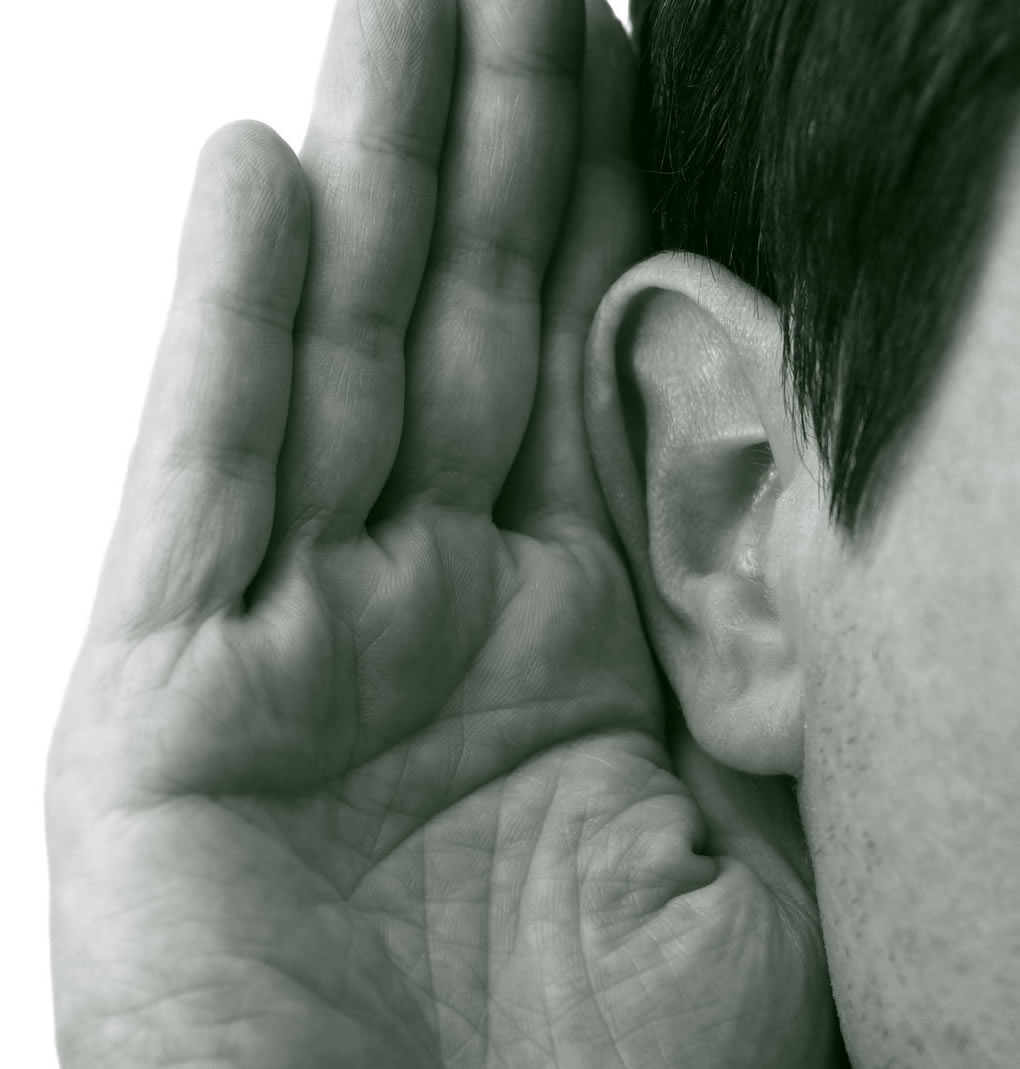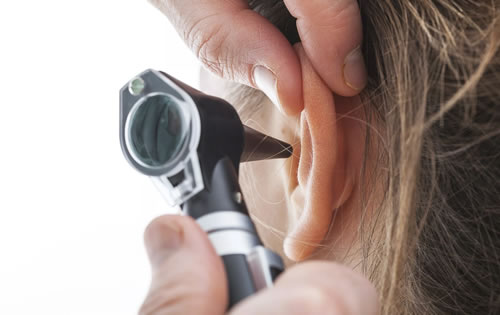Otosclerosis
How otosclerosis causes deafness
In the normal ear sound waves pass down the ear canal and cause the eardrum to vibrate. Attached to the eardrum is a small bone called the malleus (hammer). The malleus is the first of the three tiny bones found in the middle ear which are joined together forming a chain.
The chain of bones conducts the vibration from the eardrum to the inner ear. The inner ear is a fluid filled structure which is coiled like a snails shell and transforms the vibrations of the sound waves into nerve impulses which are then sent to the hearing centre in the brain. The final hearing bone in the chain is the stapes (stirrup). Normally this is able to move freely but in otosclerosis this bone can become fixed so that little or no movement is possible. This causes a block in the transmission of the sound waves and deafness results.
How do I know if I’ve got otosclerosis?
Otosclerosis is usually easily diagnosed by a simple inspection of the ear drum and a hearing test. It is important that the hearing test measures both the actual hearing (air conduction) and the hearing reserve (bone conduction). If there are any concerns it is always worthwhile requesting a referral to an ENT surgeon (Ear, Nose & Throat Specialist). Sometimes the specialist may also order a scan of the ear if the diagnosis is in doubt. You may also have other tests to measure the pressure of the eardrum and special hearing test called a speech audiogram.

Frequently Asked Questions
Is Otosclerosis related to pregnancy
Otosclerosis can often first present during pregnancy. Many women notice that during the course of their pregnancy their hearing gets worse. This is due to the effect of the hormones on the otosclerotic bone. Other studies have shown that women who get pregnant after having had a stapedectomy may also suffer some loss of hearing during the pregnancy but this is to a much smaller degree than in a non-operated ear.
How long does the operation take?
The operation usually lasts around half an hour. If it is being done under local anaesthetic you may also be some medication that will make you feel slightly drowsy. Do not worry about having to lie still for all that time as there will be opportunities for you to have a stretch and to move your head around at certain stages of the procedure.
How long before I know that the operation has been a success?
With a local anaesthetic the hearing improvement should be apparent at the end of the operation. Otherwise you may not notice much improvement until the pack comes out after two weeks. It may takes some weeks for the hearing to settle but by six weeks after the operation the result is usually fairly stable.
Can I have the operation done on both ears?
It is quite common for otosclerosis to affect both ears, but usually the hearing in one ear is worse than the other. It is customary to operate on the worse hearing ear first. Surgery on the second ear should not be considered until a stable result has been achieved on the first side. Some surgeons would never consider operating on both ears and the reason for this is the very small but always present risk of hearing loss developing in any ear that has undergone stapedectomy. However increasingly people are having bilateral surgery but this should always done with the patient fully aware of the risks.
Request an Appointment
+44 (0)20 7935 3171+44 (0)20 7935 3171 enquiries@stapedectomy.co.uk


